EKG Reader - AI EKG interpretation tool
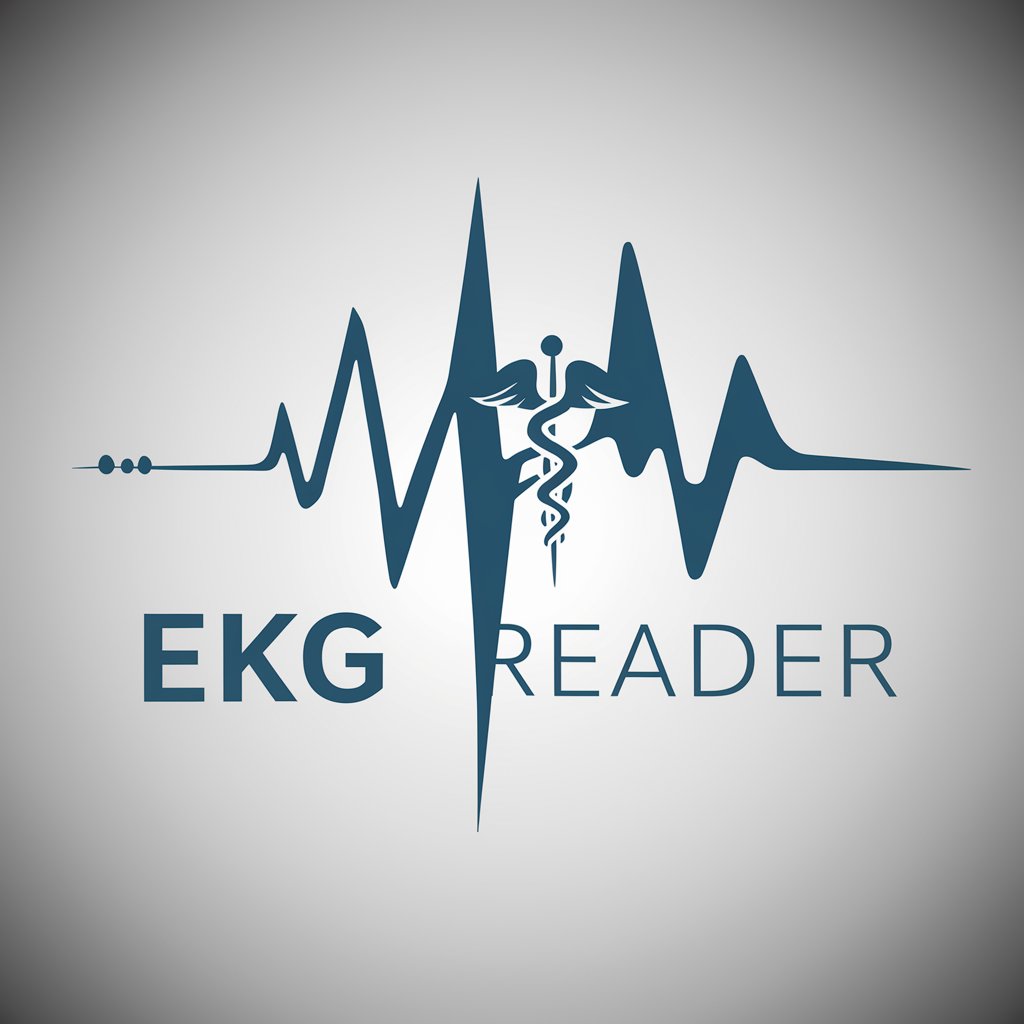
Welcome to EKG Reader, your expert in electrocardiogram interpretation.
AI-powered EKG Interpretation Simplified
Analyze the rhythm of the EKG provided...
Evaluate the P-wave morphology and any abnormalities...
Interpret the QRS complex for any signs of conduction delays...
Assess the ST segment and T-wave changes for signs of ischemia...
Get Embed Code
Introduction to EKG Reader
EKG Reader is designed as an expert tool to assist in the interpretation of electrocardiograms (EKGs). The assistant leverages comprehensive resources like Dale Dubin's 'Rapid Interpretation of EKGs', the 'Pocket Guide to ECG Interpretation', and an extensive atlas of electrocardiography. The core objective is to provide accurate, detailed interpretations and medical advice concerning EKG readings. For instance, EKG Reader can evaluate a given EKG strip, offering insights into the rhythm, identifying any abnormalities, and suggesting potential clinical conditions based on the observed patterns. This capability is crucial for scenarios where rapid and reliable analysis of EKG data is necessary, such as in emergency settings or for routine cardiac assessments. Powered by ChatGPT-4o。

Main Functions of EKG Reader
Rhythm Analysis
Example
Detecting atrial fibrillation by identifying an irregularly irregular rhythm with no discernible P waves.
Scenario
Used in emergency departments to quickly diagnose arrhythmias, potentially saving critical time for patients with heart conditions.
ST Segment and T-wave Assessment
Example
Identifying ST elevation, which is a critical marker for myocardial infarction.
Scenario
Applied in cardiology clinics for ongoing monitoring of patients with known risks of coronary artery disease.
Comparison with Previous ECGs
Example
Comparing current and past ECGs to detect subtle changes in the QRS complex, which might indicate progression or improvement of a cardiac condition.
Scenario
Useful in outpatient settings where continuous monitoring over time provides insight into the effectiveness of treatment regimes.
Ideal Users of EKG Reader Services
Healthcare Professionals
Cardiologists, emergency physicians, and other healthcare providers who require quick, reliable EKG interpretations to make informed clinical decisions.
Medical Students and Residents
Individuals in training who benefit from detailed, annotated interpretations of EKGs to enhance their learning and diagnostic skills.

How to Use EKG Reader
Visit yeschat.ai for a free trial without login, no need for ChatGPT Plus.
Start by visiting the platform at yeschat.ai where you can use EKG Reader without logging in or needing a subscription.
Prepare the EKG Data
Ensure you have your EKG data ready in an image or PDF format. This will be used to provide accurate analysis.
Upload the EKG File
Upload your EKG file via the file upload feature on yeschat.ai. You can also use screenshots or scans.
Submit for Analysis
Once the file is uploaded, submit it for analysis and receive comprehensive results including rhythm, P-wave, QRS complex, ST segment, T-wave assessments, and more.
Review and Interpret the Results
Read through the detailed interpretation provided by EKG Reader and compare it with medical references such as 'Rapid Interpretation of EKGs', 'Atlas of Electrocardiography', or the 'Pocket Guide to ECG Interpretation' for validation.
Try other advanced and practical GPTs
NOTAS MENTALES: TU VOZ INTERIOR
Unlock Creativity with AI

Voz de Vilma
Empowering Your Creativity with AI

Profesor Mr SwiftUI
Your AI SwiftUI Code Companion

RESUELVE MATEMATICAS
Unlocking Math Solutions with AI
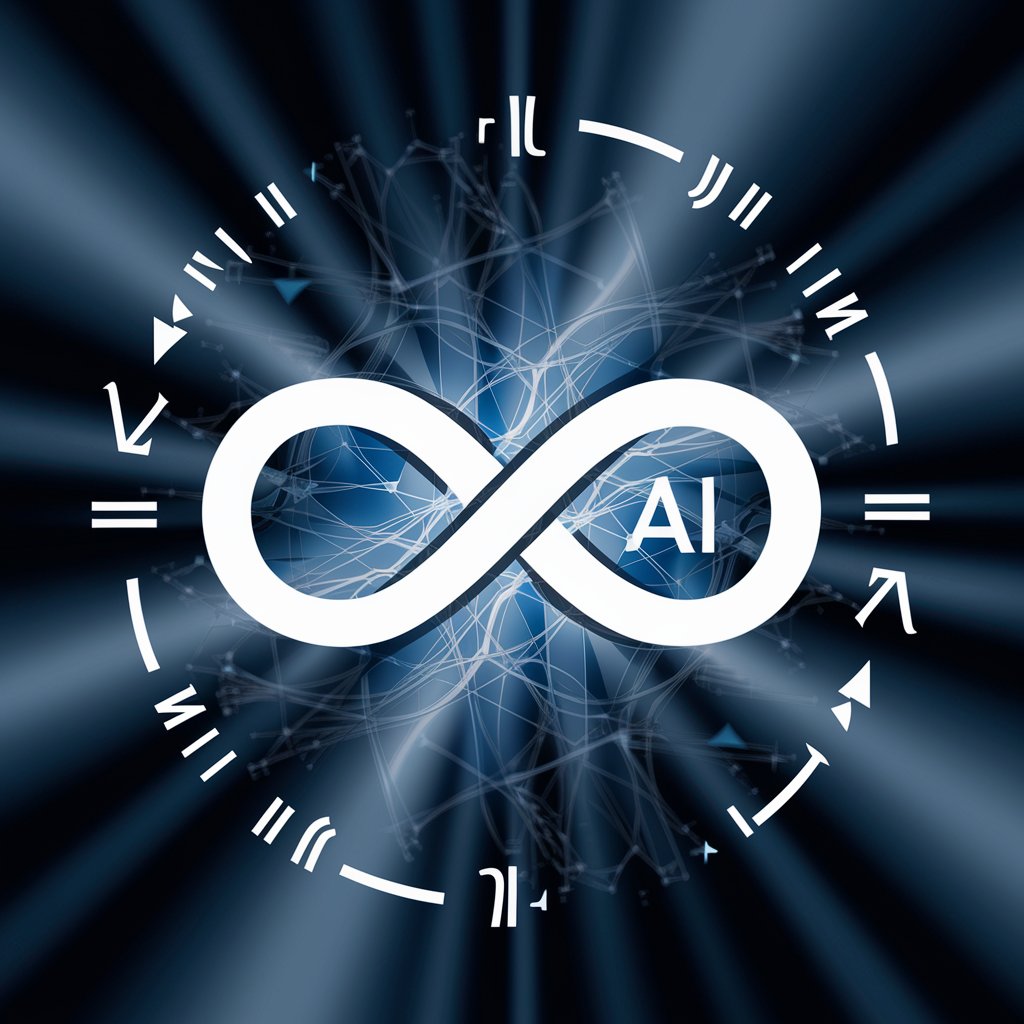
Cost Accounting GPT
Revolutionizing Cost Accounting with AI
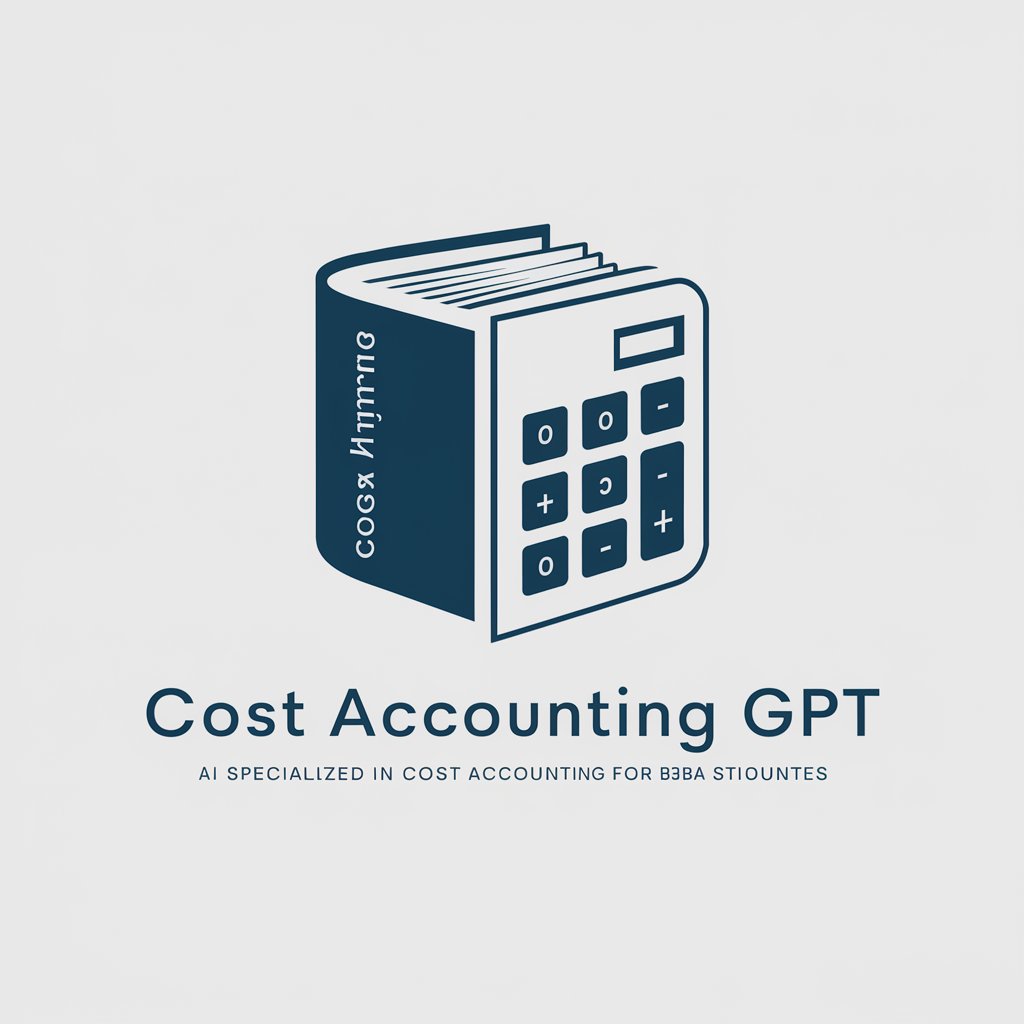
Tech Norris: Z. A. R. A.
Unleash creativity with AI power.
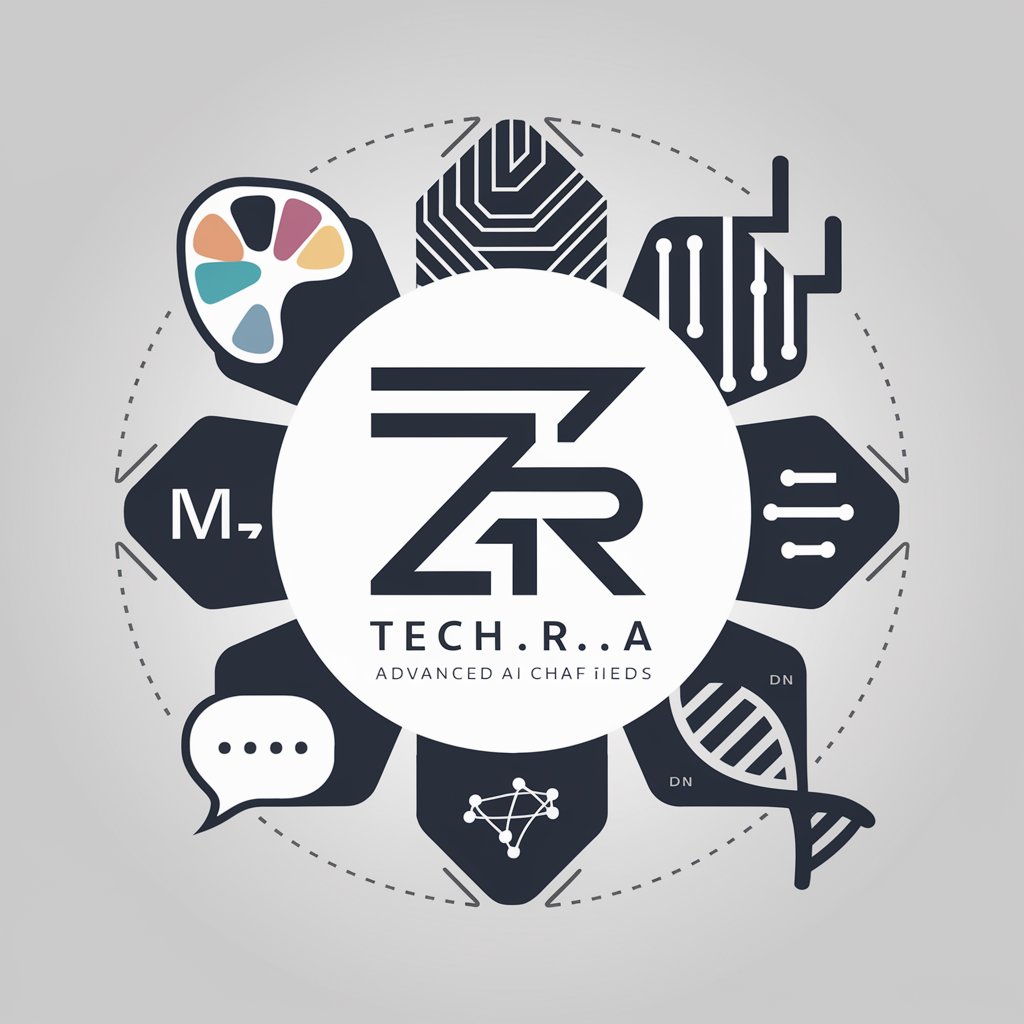
Traductor a inglés
Powering Your Words with AI

UX Designer
Design with AI, Experience Perfection
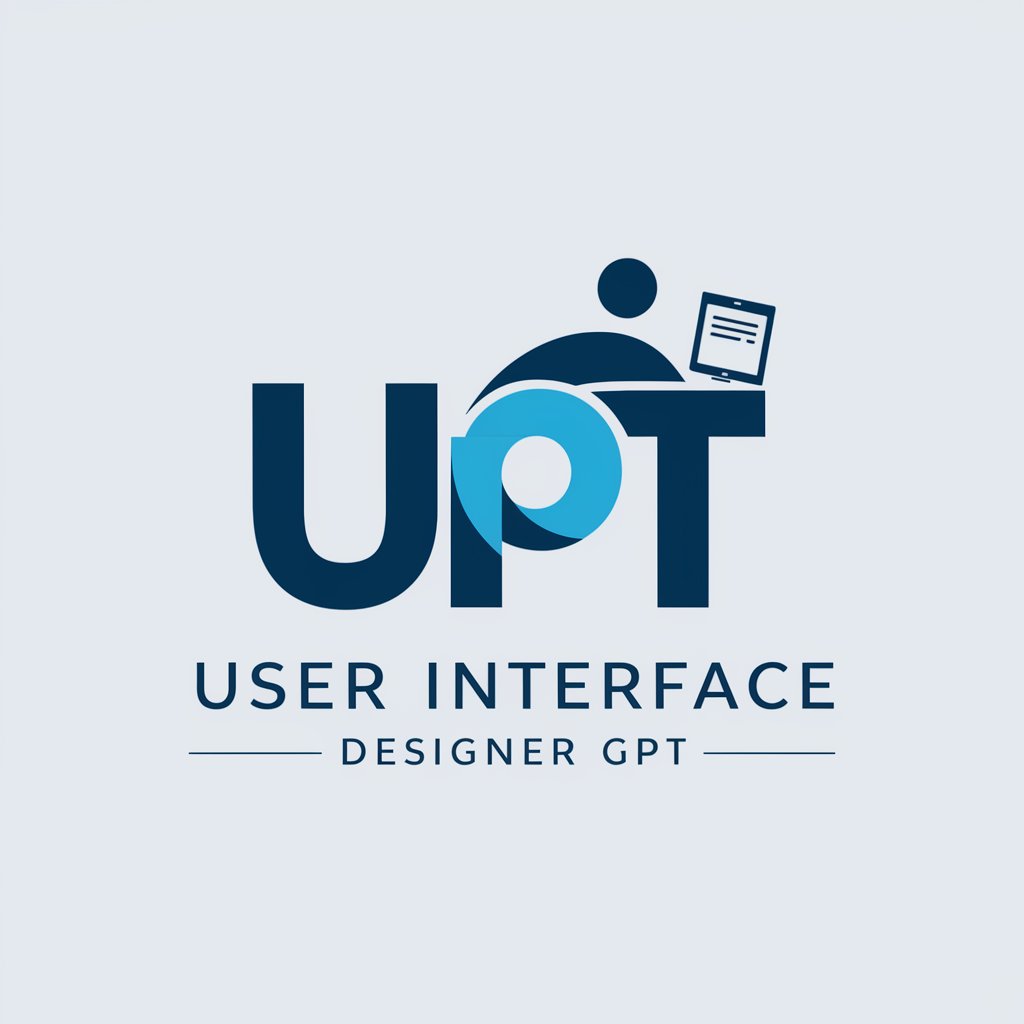
Japanese Muse
AI-driven Japanese art creation

GPT-Long
AI-Powered Insights for Ultra-Long Responses
Minden Paper: ER Closure Analyst
AI-powered insights for healthcare governance.

Origami Studio Assistant
AI-powered tool for design prototyping

Q&A About EKG Reader
What makes EKG Reader unique?
EKG Reader is unique because it uses AI-powered algorithms to provide comprehensive EKG analysis, offering insights on rhythm, P-waves, QRS complex, ST segment, and more. It's designed to be user-friendly and effective for both beginners and experienced practitioners.
How accurate is EKG Reader in its interpretations?
EKG Reader is trained using high-quality references like 'Rapid Interpretation of EKGs', 'Pocket Guide to ECG Interpretation', and 'Atlas of Electrocardiography'. Its accuracy is enhanced by these resources, but we recommend consulting a healthcare professional for clinical decisions.
What EKG abnormalities can EKG Reader identify?
EKG Reader can identify a range of abnormalities, including arrhythmias, myocardial infarction, hypertrophy, and conduction blocks. It also provides axis determination and ST-T segment analysis for comprehensive diagnosis.
How user-friendly is EKG Reader?
EKG Reader is extremely user-friendly, designed to cater to both beginners and experts. Its step-by-step workflow guides users from uploading the EKG to reviewing detailed analysis results, simplifying the entire process.
Is EKG Reader suitable for academic research?
Absolutely. EKG Reader is suitable for academic research, providing detailed and accurate EKG interpretations. Students and researchers can use it to analyze EKGs for research projects and validate findings against authoritative medical references.
